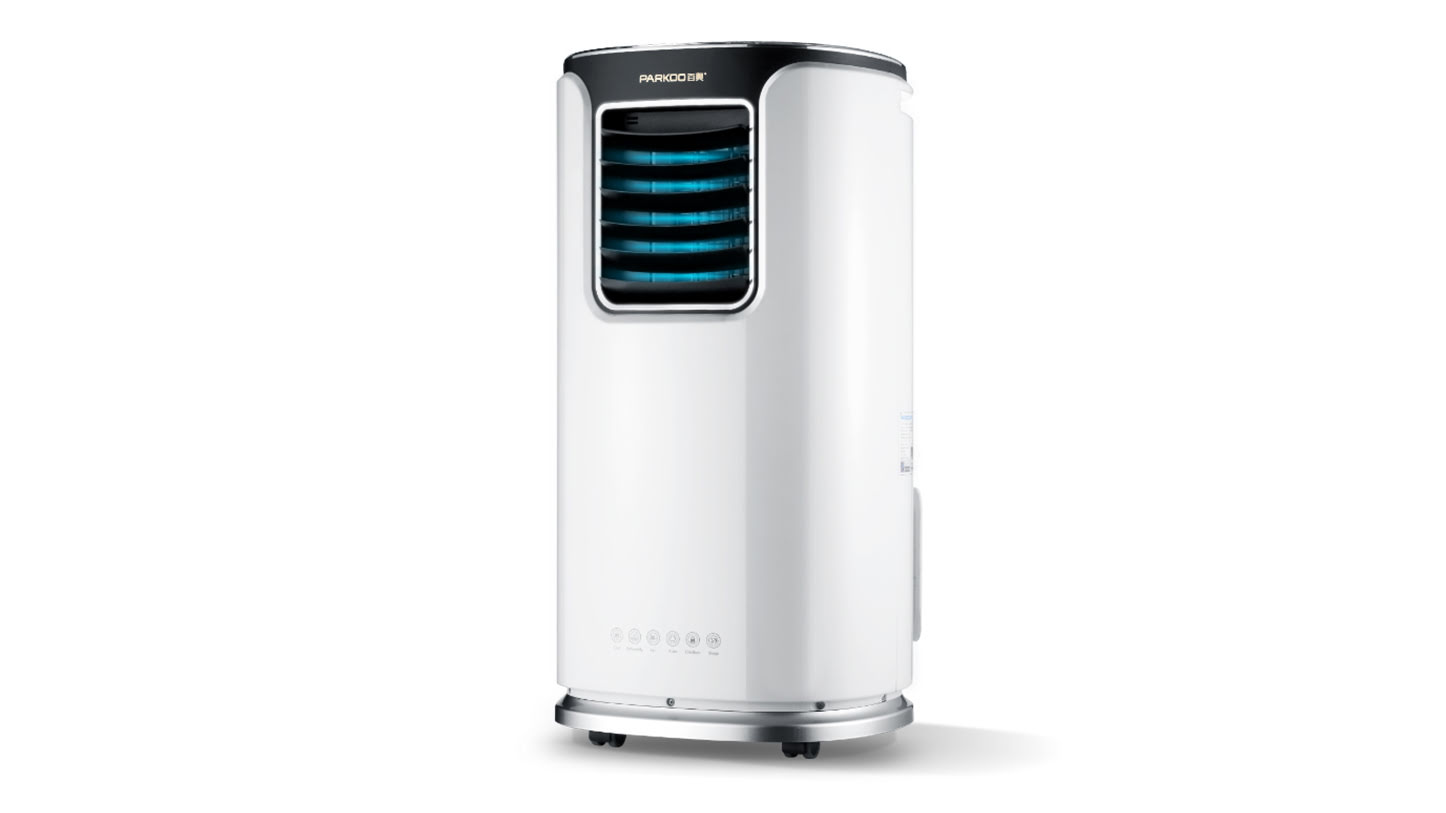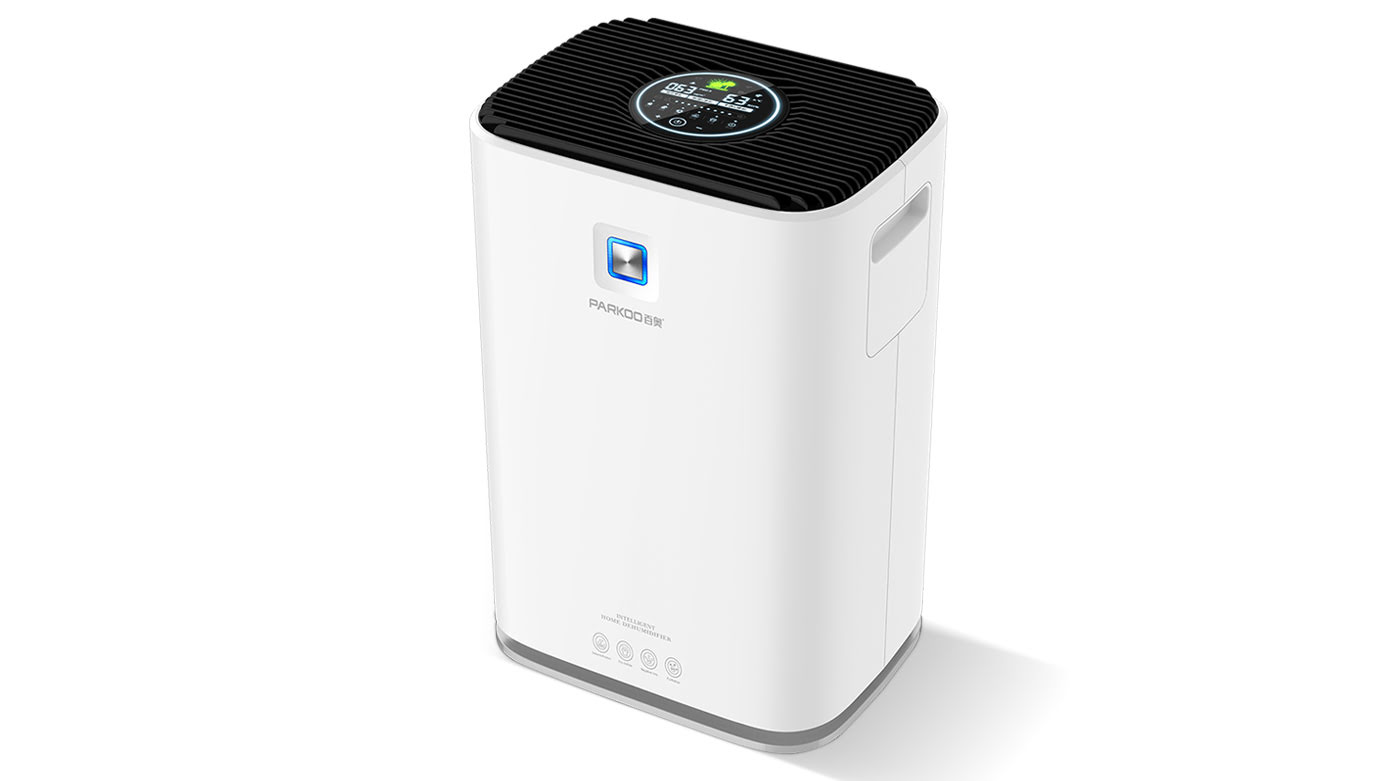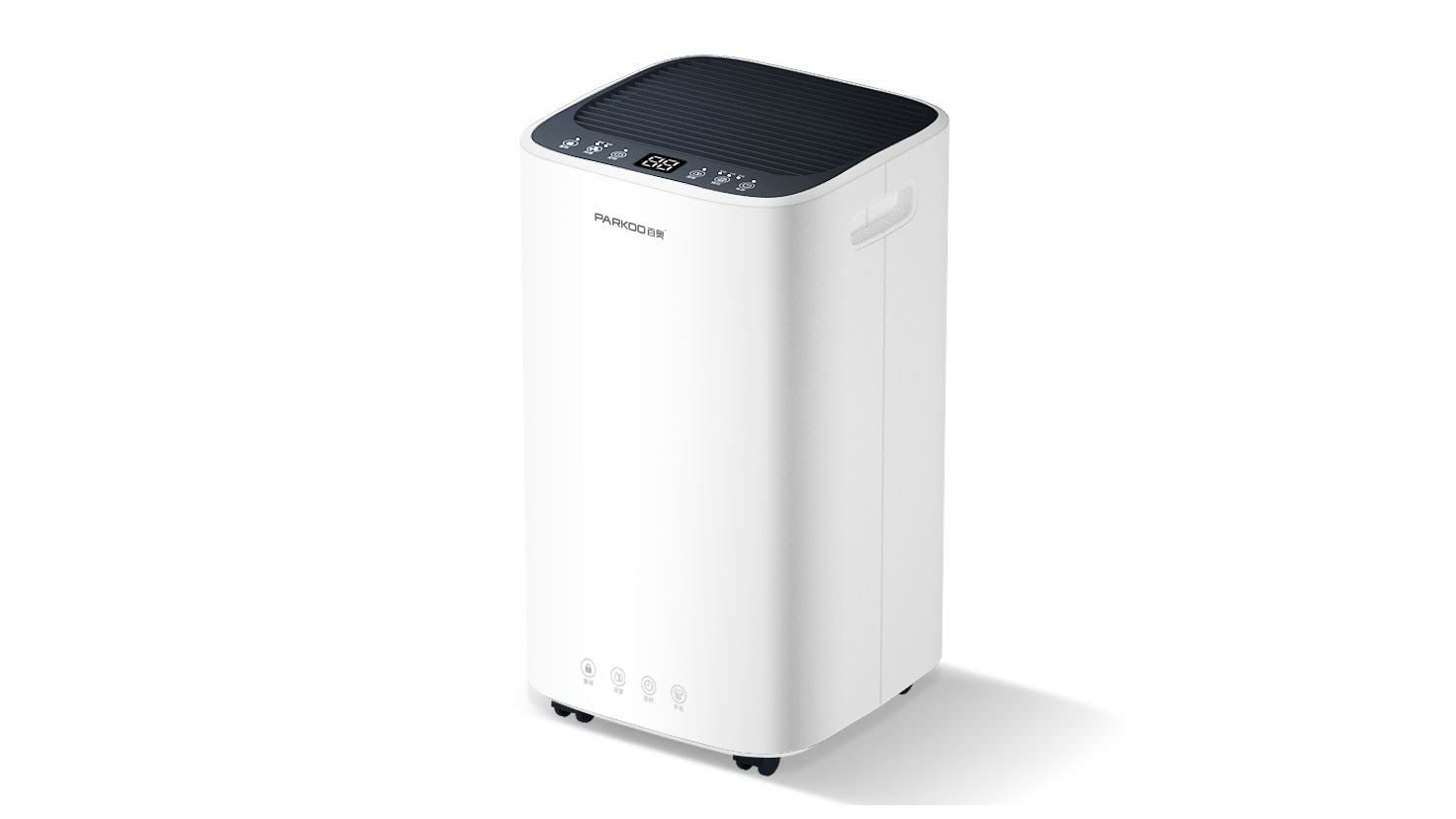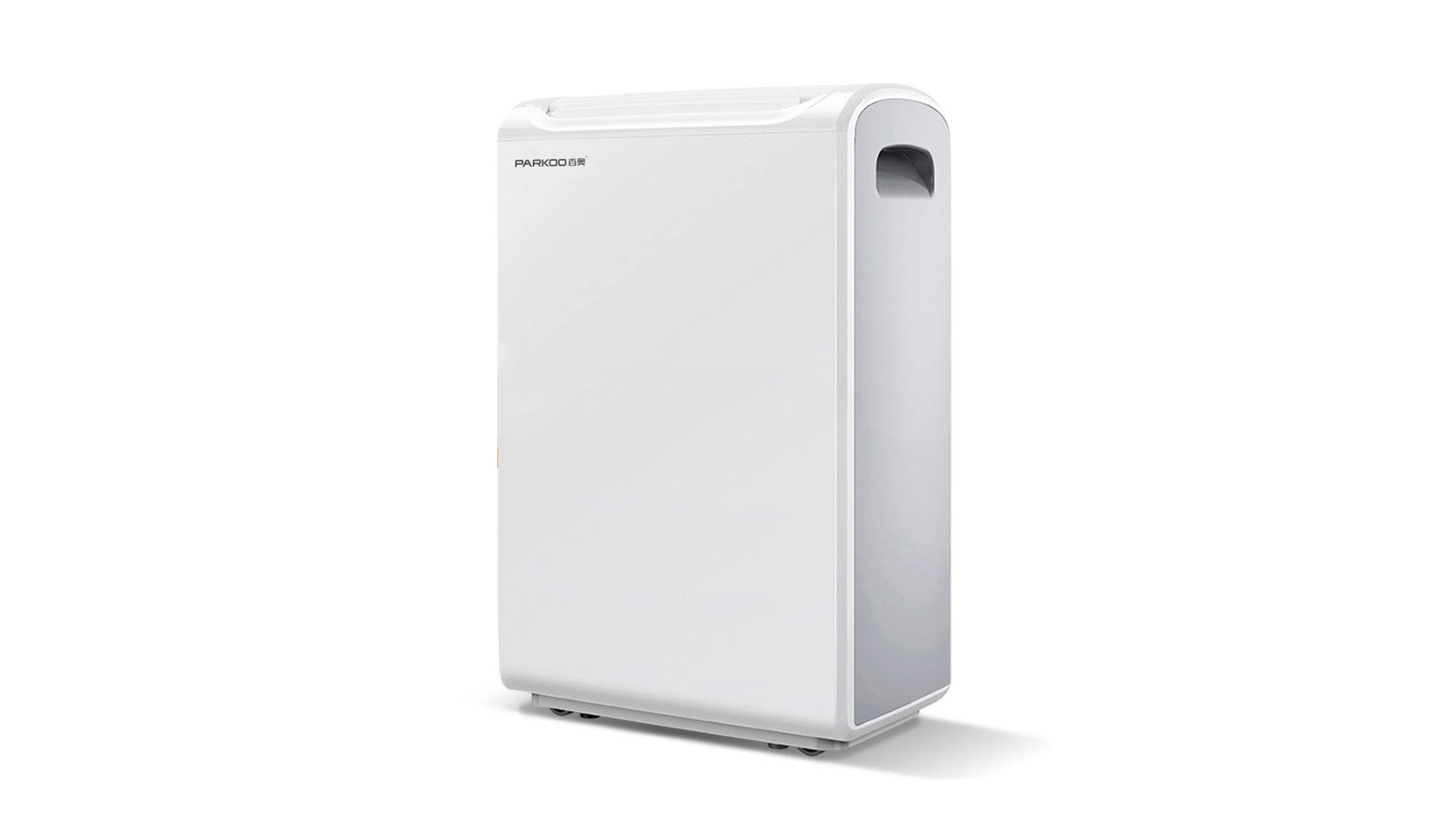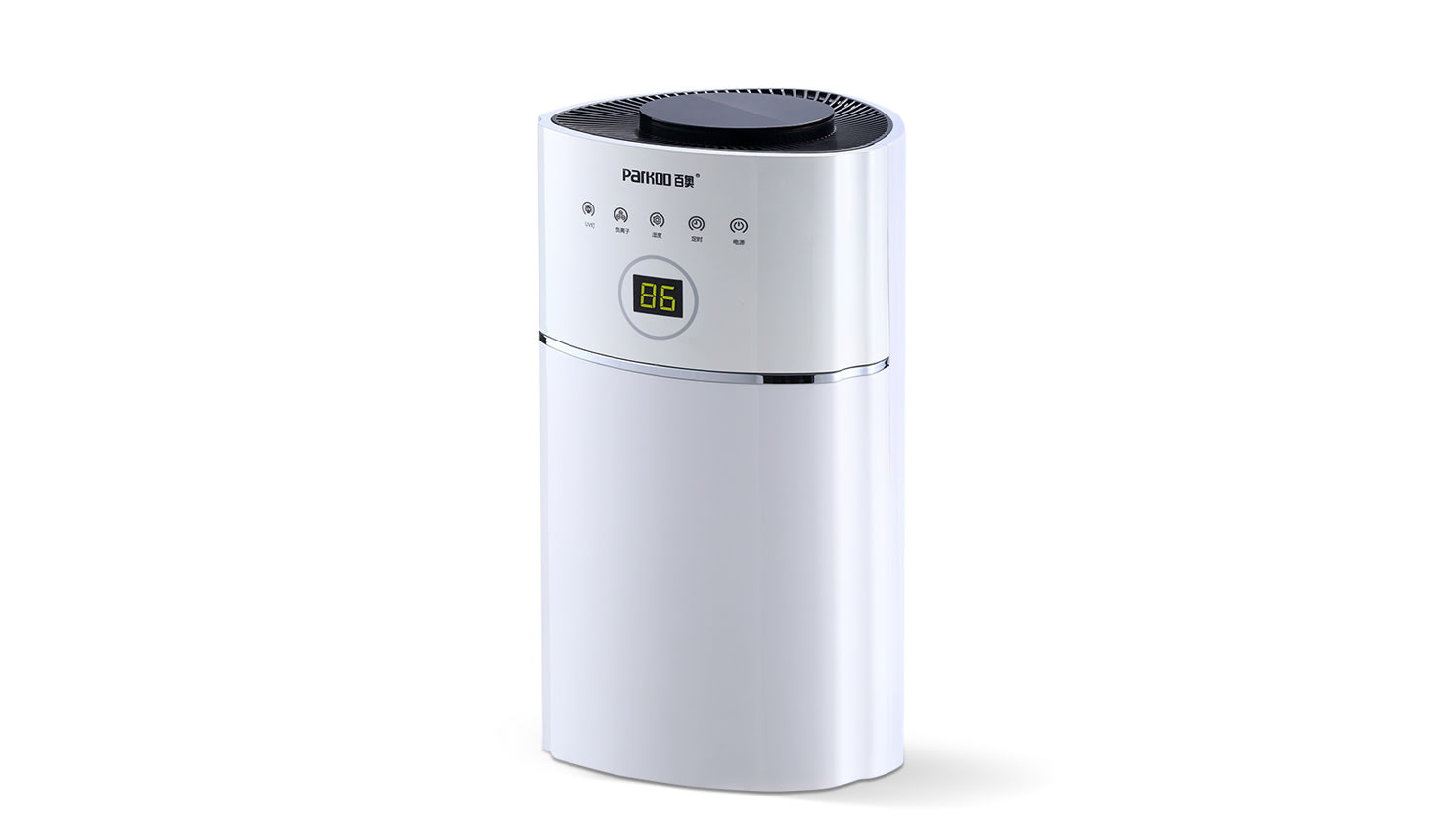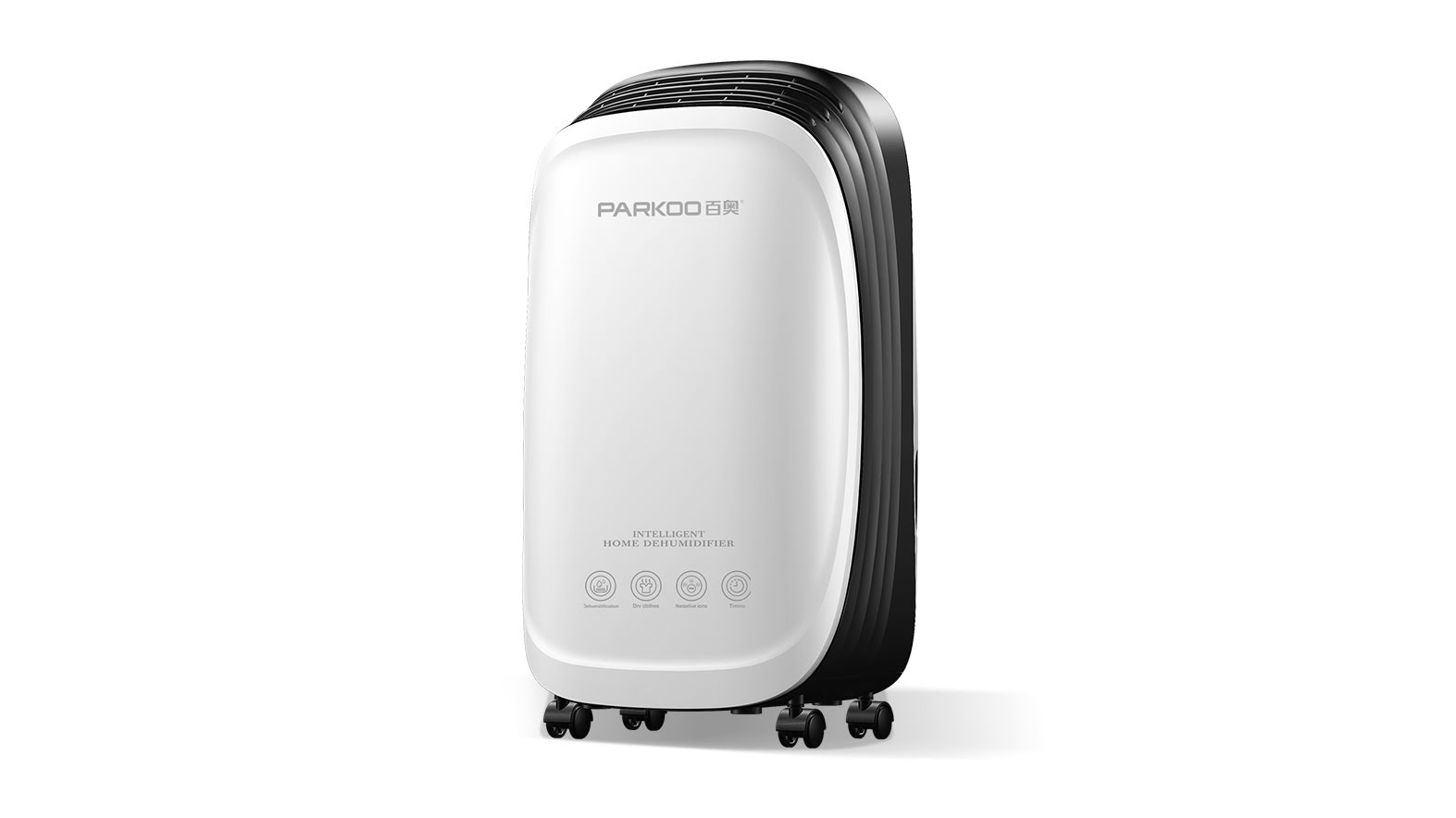1. Keep your drainage ditch clean. Another common source of basement humidity is external water, which may Come from precipitation or groundwater. The design of drainage ditches is to collect precipitation and remove water from the house, but they must be free of debris to function properly. Clean the drainage ditch every Spring and autumn to remove leaves, diRT, pine cones, and other substances that may clog the spout when the groove is blocked, water will accumulate inside and drip onto the edges. Water will gather around your home base and may seep into the foundation
2. Maintain your basement Dehumidifier. The Dehumidifier in the basement or ground floor of the house should be inspected annually. Check if the Pump is in good working condition and Correctly draws water out of the house A basement deHumidification system collects water from around the foundation of the house, discharges it into a sewage pit, and then draws the water out of the house. In order to Carry out this task, it is necessary to properly clean and maintain the dehumidification system
not all houses have Dehumidifier. If you are unsure, please check if the basement in the basement is a large reservoir
3. Cover the dirt basement floor with a plastic barrier. some basements only have one layer of land, and water vapor can easily enter the basement through the soil. To prevent this from happening, please cover the floor with a 6mm plastic sheet. Overlap the joints of the plastic to prevent moisture from passing through, and use tape or staples to stick the plastic to the Wall
4. Repair holes or leaks on the foundation. Holes, cracks, and other openings in the foundation are a simple way for moisture to enter the basement. Small holes can be repaired with polyurethane masonry sealant, but you should use hydraulic cement to repair larger holes Usually, as long as it is vertical, small cracks in the foundation can be solved. If the crack is horizontal, diagonal, or growing, or if you want an expert to evaluate it, please call a professional The foundation is the structure used to build a house, so if you are unsure if there are any issues, it is best to Consult an expert
5. Apply waterproof material to the wall. Most foundation materials are porous, including concrete and stone. This means that water can seep into the basement through the foundation. There are several Products that can be applied to basement walls to make them waterproof and can be used like masonry waterproof coatings
